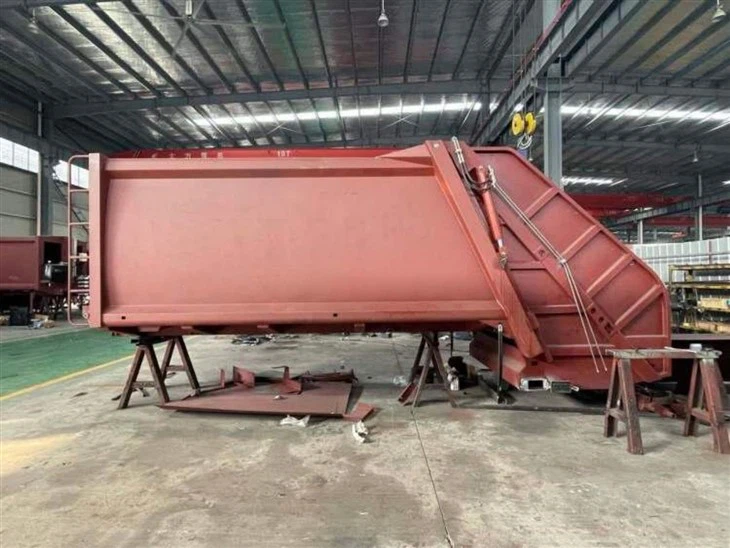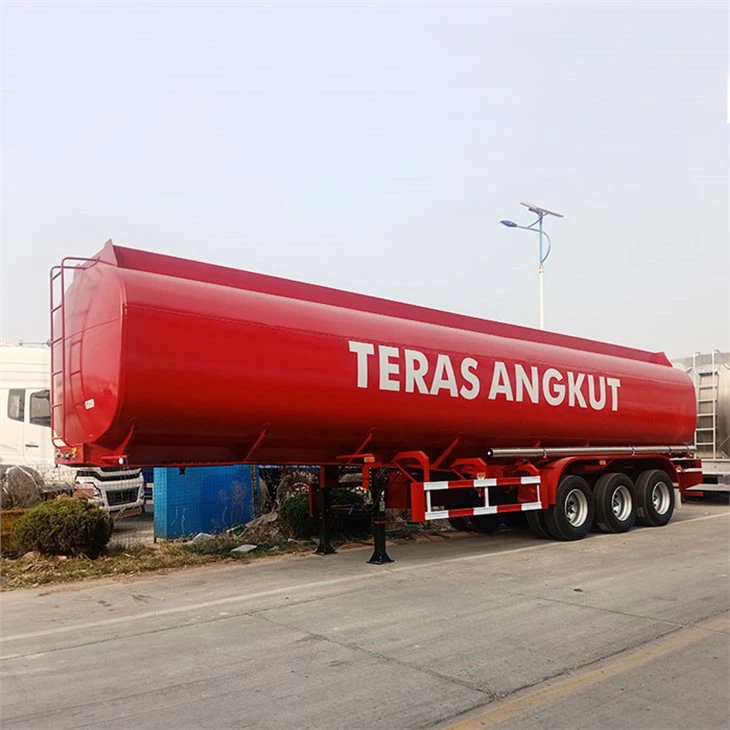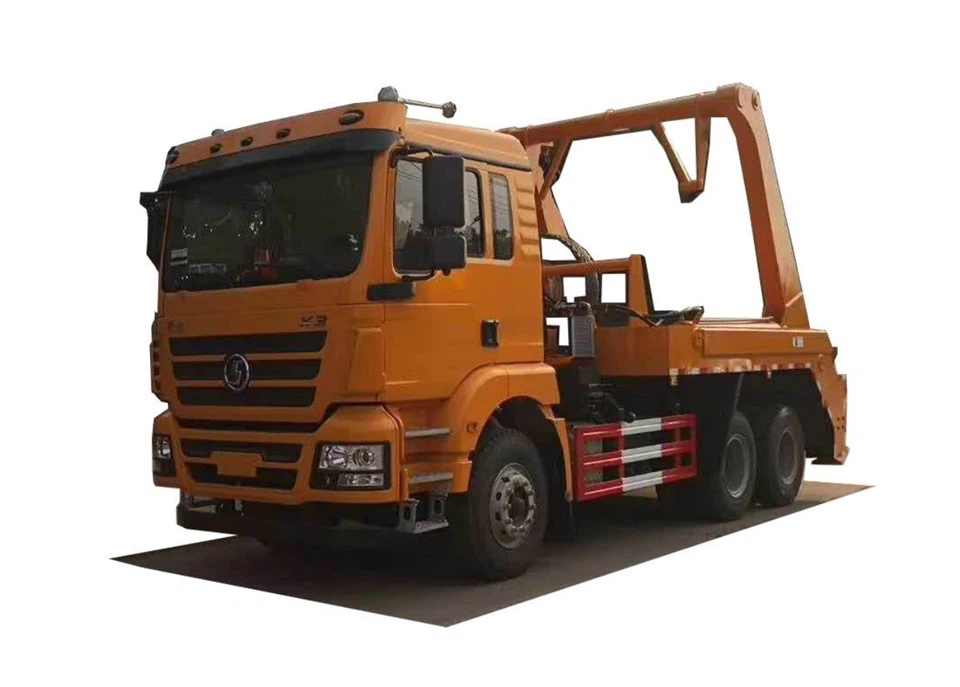Front Lift Truck: A Comprehensive Guide to Understanding, Choosing, and Using Front Lift Trucks

Front lift trucks play a crucial role in various industries, from warehouses to construction sites. This article will explore everything you need to know about front lift trucks, including their functionality, types, how to choose the right one, safety practices, and much more.
What is a Front Lift Truck?
A front lift truck, often referred to as a front-end loader or forklift, is a versatile piece of equipment designed to lift, carry, and move heavy loads. It features a hydraulic lifting mechanism that allows it to pick up and transport materials, making it essential for operations where heavy lifting is required.
The Mechanics Behind a Front Lift Truck
Front lift trucks are equipped with powerful engines, hydraulic systems, and forks. The mechanics involve:
- Engine: Provides the necessary power for operation.
- Hydraulic System: Enables smooth lifting and lowering of loads.
- Forks: Attachments that hold and transport materials.
Types of Front Lift Trucks
1. Electric Forklifts
Electric front lift trucks are powered by batteries and are ideal for indoor use. They produce less noise and pollution.
Pros and Cons
| Pros | Cons |
|---|---|
| Environmentally friendly | Limited operational time (battery life) |
| Quiet operation | Higher initial cost |
2. Internal Combustion Forklifts
These trucks are powered by either gasoline or diesel engines and are suitable for outdoor operations.
Pros and Cons
| Pros | Cons |
|---|---|
| Longer operational times | Higher emissions |
| Better suited for heavy loads | Louder operation |
3. LPG Forklifts
Liquefied petroleum gas (LPG) forklifts offer a balance between electric and internal combustion trucks.
Pros and Cons
| Pros | Cons |
|---|---|
| Cleaner burning compared to gasoline | Requires storage for gas cylinders |
| Excellent for both indoor and outdoor use | Limited in high altitude environments |
How to Choose the Right Front Lift Truck
1. Determine Your Requirements
Identify the type of loads you will be lifting, their weights, and the environment where you will be operating the truck.
2. Consider the Fork Size and Capacity
Forks come in various sizes and capacities. Ensure that the forks match your lifting needs. A common size is 42 inches, but larger capacities may be required for heavy loads.
3. Evaluate the Turn Radius and Maneuverability
For tight spaces, look for a truck with a smaller turn radius. This allows for easier navigation in restricted areas.
4. Factory and Brand Reliability
Research trusted manufacturers known for quality. Brands like Toyota, Hyster, and Crown have strong reputations for durability and reliability.
Operational Safety Practices

1. Training and Certification
Ensure operators are trained and certified in handling front lift trucks to minimize accidents.
2. Regular Maintenance Checks
Routine inspections include checking brakes, lights, tires, and hydraulics to ensure safe operation.
3. Load Management
Never exceed the truck’s load capacity. Check weight limits specified by the manufacturer.
Practical Tips for Using a Front Lift Truck
1. Maintain Visibility
Always keep the load low while driving to maintain visibility. Look out for pedestrians and obstacles.
2. Use Proper Loading Techniques
Approach the load slowly, tilt the forks back when lifting, and raise the load straight up to avoid tipping.
3. Beware of Slopes
When operating on inclines, drive up the slope with the load facing uphill and down the slope in reverse.
Common Applications of Front Lift Trucks
1. Warehousing
Front lift trucks are extensively used in warehouses for storage, pallet movement, and inventory management.
2. Construction Sites
In construction, they transport heavy materials, bulldoze material, and assist in equipment handling.
3. Manufacturing Facilities
Front lift trucks help move raw materials and finished products, aiding in production efficiency.
Comparing Front Lift Trucks with Other Equipment
1. Front Lift Truck vs. Pallet Jacks
| Feature | Front Lift Truck | Pallet Jack |
|---|---|---|
| Lifting Capacity | Higher (up to 15,000 lbs) | Lower (up to 5,500 lbs) |
| Versatility | Very versatile | Limited to pallets |
| Indoor/Outdoor | Both types available | Primarily indoor |
2. Front Lift Truck vs. Telehandlers
| Feature | Front Lift Truck | Telehandler |
|---|---|---|
| Lifting Height | Limited range | Higher reach (up to 50 ft) |
| Stability | Stable | Varies with load |
| Versatility | Forks only | Can use various attachments |
Front Lift Trucks in Different Industries
1. Retail and Distribution
Streamline operations through quick loading and unloading of goods.
2. Agriculture
Commonly used for moving grain, feed, and bales.
3. Food and Beverage
Transport heavy containers, pallets, and equipment within processing facilities.
Environmental Impact of Front Lift Trucks
1. Emissions and Sustainability
As more companies adopt electric options, the environmental impact is reducing. Transitioning to electric forklifts leads to lower emissions and noise pollution.

2. Eco-Friendly Practices
Implementing practices such as regular maintenance leads to increases in efficiency and decreases environmental impacts.
Frequently Asked Questions (FAQ)
1. What is the average lifespan of a front lift truck?
Typically, a well-maintained front lift truck can last around 10,000 to 15,000 hours of operation, translating to about 7 to 10 years.
2. Can front lift trucks be used on rough terrain?
Yes, but you need to opt for a rough terrain forklift designed for off-road use to ensure stability and effectiveness on uneven surfaces.
3. How often should front lift trucks be serviced?

It’s recommended to perform a full inspection and service every 6 to 12 months, depending on usage and operational environment.
4. What should I do if my front lift truck tips over?
Stay in the cabin; do not try to jump out. Keep your hands on the steering wheel until the truck comes to a stop. Once it’s safe, exit the vehicle and report the incident.
5. Are there specific weight limits for front lift trucks?
Yes, each truck has a specific lifting capacity, usually indicated on a plate near the driver’s seat. Exceeding this limit can lead to tipping and accidents.
6. Do front lift trucks require insurance?
Yes, it is advisable to have insurance that covers potential damages, liability, and accidents that may occur during operation.
